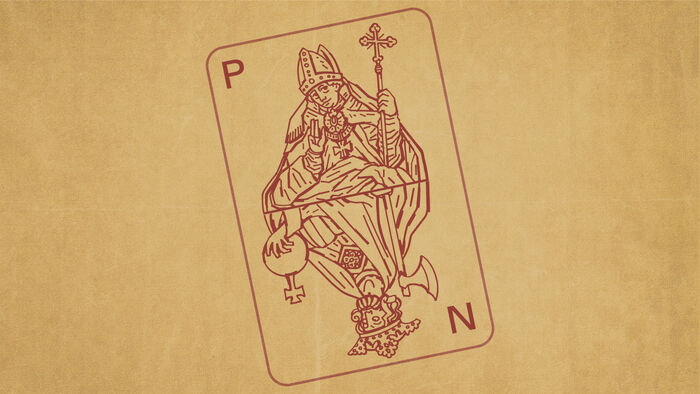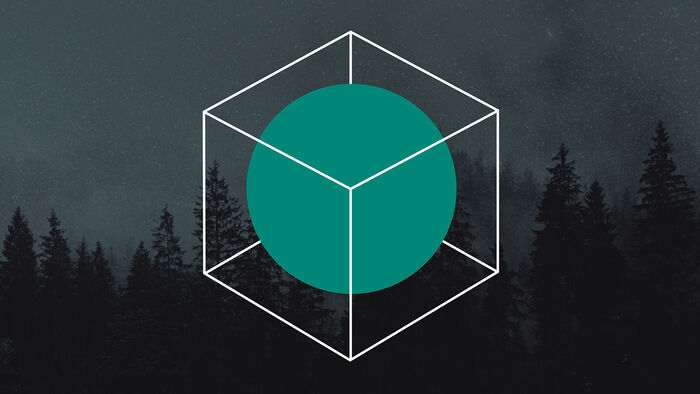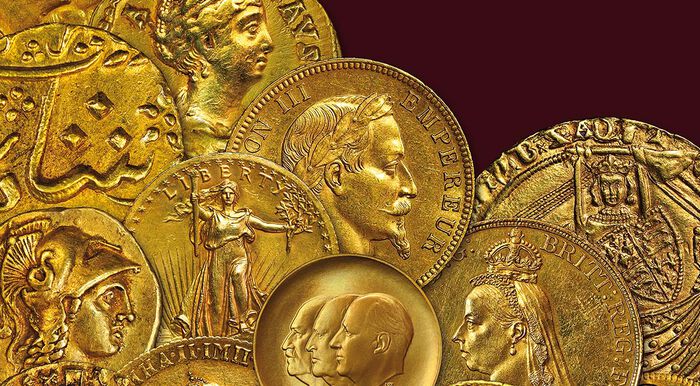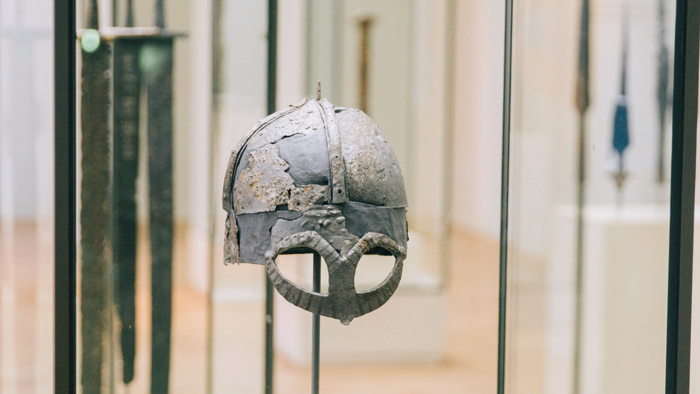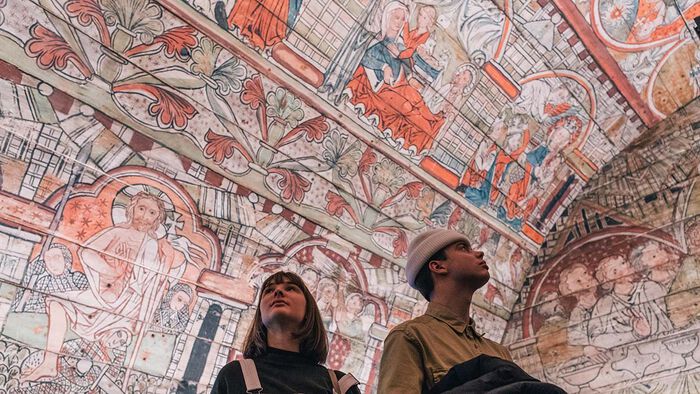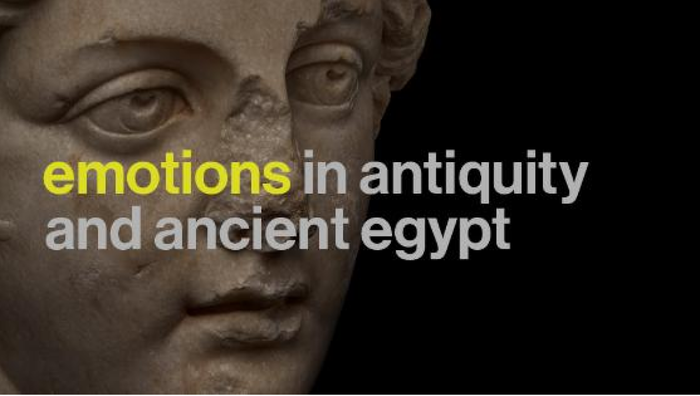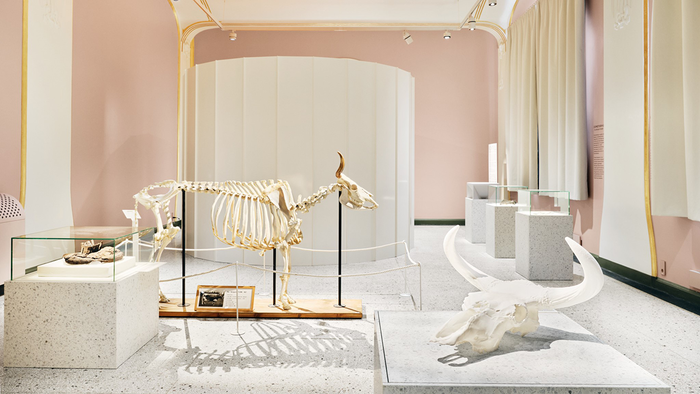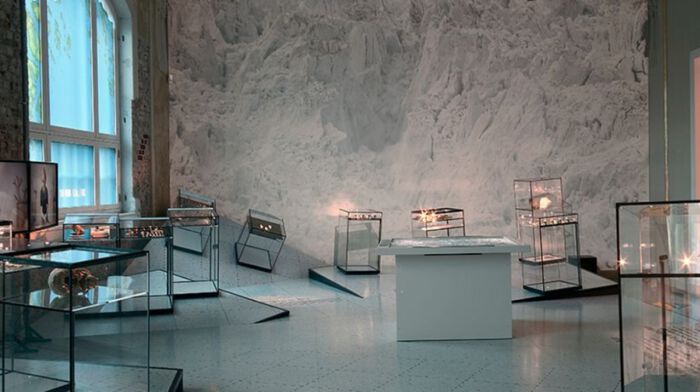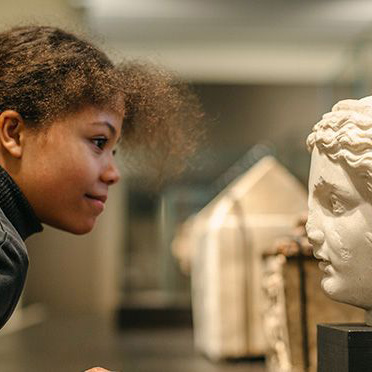Imagine a different world where the distinction between humans and animals was not as clear and sharp as it is now. A world where humans didn’t rule over all other creatures, but people looked upon animals with awe and admiration.
Fabulous Animals invites visitors on a magical journey back to Iron Age Scandinavia, a time when a different relationship with animals characterised people’s beliefs and notions and, not least, influenced the beautiful things they created, used and surrounded themselves with.
The journey begins in the 5th century, a time when Northern Europe was changing after the fall of the Roman Empire. Skilled jewellers from the Roman border towns wandered north and brought their tools and knowledge of beautiful things. A Scandinavian style of its own called animal ornamentation arose in the chiefdom societies found in the north. This was a type of aesthetics that mirrored people’s beliefs and conceptual world.
This is a time before Christianity arrived in Scandinavia, when the Norse religion influenced people’s worldview; a time when animals were important for gods and for humans.

Animals as friends and helpers
The Norse gods had animals as friends and helpers:
- Odin had the horse called Sleipnir, and Freyja had her cats.
- Thor had two goats to pull his chariot.
- Freyr rode the glowing boar called Gullinbursti.
- The Midgard Serpent bound the world together, while the wolf called Fenrir triggered Ragnarok. Even Yggdrasil, the tree of life, was swarming with animals.
The gods could transform themselves, they changed their appearance and turned into animals. Odin could turn himself into a snake, a fish and a bird.

Humans as animals
Humans could also become animal-like. Some had their own spirit animal, a totem. When they needed help, they could beckon their totem. They then changed shape and turned into their spirit animal:
- As a bear, the chieftain gained power and strength
- As a bird, humans gained breadth of vision and eagle eyes.
- Being a wolf made warriors bloodthirsty, and the wild boar made them fearless.
Fabulous Animals introduces visitors to this world and showcases fabulous artefacts from the height of the Iron Age. The intricate patterns of the animal style, where animals and humans are intertwined with each other, reflects a complex and enigmatic world that lasted for over 700 years. This style ended when Christianity was introduced and brought along new artistic motifs and a completely different relationship with animals. In the world that God created, the animals lost their divinity and were seen only as the servants or enemies of humans.
Humans and animals have lived together throughout human history. Animals have been friends and enemies, food and companions. Today, humans see themselves as being above animals, but that hasn’t always been the case, as can be seen in Fabulous Animals.
Explore an "animal" relief buckle from Dalem in Sparbu, Trøndelag in 3D. Item number C4816.
Videoes at You Tube
Curators: Hanne Lovise Aannestad and Ingunn Marit Røstad
Exhibition designer: Anne Schnettler

